Introduction
Mao Xuewang, a signature dish hailing from the Sichuan province of China, is renowned for its fiery red chili oil, tender meat, and an array of fresh vegetables all simmering in a rich and flavorful broth. While traditionally prepared in bustling restaurants, this dish can also be enjoyed at home with a bit of preparation and the right ingredients. In this guide, we’ll walk you through the step-by-step process of making homemade Mao Xuewang, ensuring you capture its authentic taste and texture.
Understanding Mao Xuewang
Before diving into the recipe, it’s essential to understand the origins and components of Mao Xuewang. The name translates roughly to “hairy blood tofu,” a somewhat misleading moniker that doesn’t accurately reflect the dish’s ingredients. Instead, Mao Xuewang typically includes blood tofu (a type of firm tofu made from pig’s blood), various meats like pork belly, beef, and fish, along with an assortment of vegetables such as mushrooms, lotus root, and cabbage. The dish is characterized by its spicy and numbing flavors, thanks to the generous use of Sichuan peppercorns and chili peppers.
Ingredients
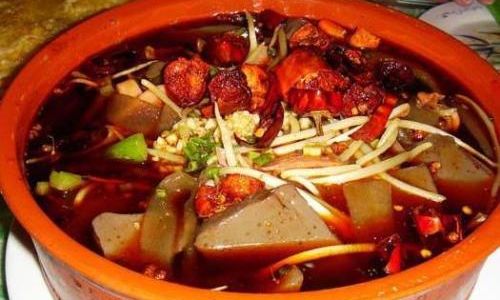
To make homemade Mao Xuewang, you’ll need a combination of fresh and pantry ingredients. Here’s a comprehensive list:
-
Meats and Seafood:
- Pork belly slices (about 1/2 pound)
- Thinly sliced beef (about 1/2 pound)
- Fish fillets (such as catfish or tilapia), cut into bite-sized pieces (about 1 pound)
- Blood tofu (about 1 block), cut into small cubes
-
Vegetables:
- Fresh mushrooms (such as shiitake or button), sliced (about 1 cup)
- Lotus root, peeled and sliced into thin rounds (about 1/2 cup)
- Napa cabbage, chopped (about 2 cups)
- Baby bok choy, chopped (about 1 cup)
- Carrot slices (about 1/2 cup)
- Tofu skin (optional), cut into strips (about 1/2 cup)
-
Aromatics and Seasonings:
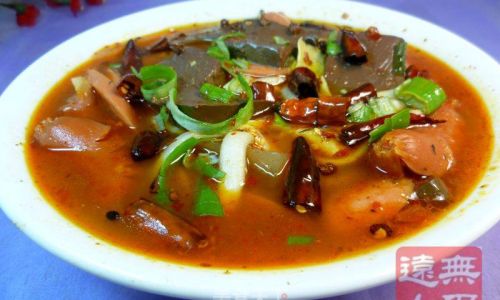
- Fresh ginger, sliced (about 3 tablespoons)
- Garlic cloves, minced (about 4 cloves)
- Scallions, chopped (about 1/4 cup for garnish)
- Fresh cilantro, chopped (about 1/4 cup for garnish)
- Sichuan peppercorns (about 1 teaspoon)
- Dried red chili peppers (about 10, depending on preferred spice level)
- Doubanjiang (chili bean paste, about 3 tablespoons)
- Cooking oil (vegetable or peanut oil, about 1/4 cup)
- Chicken or vegetable broth (about 4 cups)
- Soy sauce (about 2 tablespoons)
- Rice vinegar (about 1 tablespoon)
- Sugar (about 1 teaspoon, to balance flavors)
- Salt, to taste
- White pepper, freshly ground (about 1/2 teaspoon)
- Cornstarch slurry (mixed with 1 tablespoon of cornstarch and 2 tablespoons of water, for thickening)
-
For the Chili Oil:
- Vegetable oil (about 1 cup)
- Dried red chili flakes (about 2 tablespoons)
- Sichuan peppercorns (about 1/2 teaspoon)
- Garlic cloves, thinly sliced (about 2 cloves)
- Ginger slices (about 1 tablespoon)
Instructions
Step 1: Prepare the Chili Oil
- Heat the Oil: In a small saucepan, heat the vegetable oil over medium heat until it reaches about 300°F (150°C). Be careful not to let it smoke.
- Add Aromatics: Once the oil is hot, add the dried red chili flakes, Sichuan peppercorns, thinly sliced garlic, and ginger slices. Cook for about 2-3 minutes, stirring occasionally, until the aromatics are fragrant and the chili flakes turn a darker red.
- Remove from Heat: Turn off the heat and let the oil cool slightly. Strain out the solids using a fine-mesh sieve, reserving the chili oil. This oil will be used to flavor the dish and add a beautiful red hue.
Step 2: Prepare the Broth
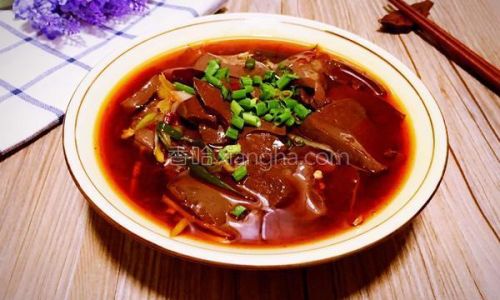
- Heat Oil in Pot: In a large, heavy-bottomed pot, heat about 2 tablespoons of the reserved chili oil over medium-high heat.
- Sauté Aromatics: Add the sliced ginger and minced garlic. Cook for about 1-2 minutes until fragrant.
- Add Doubanjiang: Stir in the chili bean paste and cook for another 2-3 minutes, stirring constantly to prevent burning.
- Deglaze with Broth: Pour in the chicken or vegetable broth, stirring to combine. Bring the mixture to a boil.
- Season the Broth: Add soy sauce, rice vinegar, sugar, salt, and white pepper. Taste and adjust the seasoning as needed.
Step 3: Cook the Meats and Seafood
- Blanch the Meats: In a separate pot, bring a pot of water to a boil. Blanch the pork belly slices for about 1 minute to remove any impurities and set aside. Repeat with the beef slices, blanching them for about 30 seconds. The fish pieces should be cooked separately, gently simmering for about 2 minutes until they turn opaque.
- Add to Broth: Once the meats and seafood are pre-cooked, add them to the simmering broth along with the blood tofu cubes. Cook for about 3-4 minutes until everything is heated through.
Step 4: Cook the Vegetables
- Add Vegetables: Add the mushrooms, lotus root, napa cabbage, baby bok choy, and carrot slices to the pot. Cook for about 2-3 minutes until the vegetables are tender but still crisp. If using tofu skin, add it in the last minute of cooking.
- Thicken the Broth: Stir in the cornstarch slurry, mixing well to thicken the broth to your desired consistency. Cook for another minute, stirring constantly, until the broth has thickened slightly.
Step 5: Serve
- Transfer to Serving Dish: Ladle the Mao Xuewang into a large serving bowl, ensuring an even distribution of meats, seafood, and vegetables.
- Garnish: Sprinkle with chopped scallions and fresh cilantro. Drizzle a bit more chili oil over the top if desired for extra heat and flavor.
- Serve Hot: Mao Xuewang is best served immediately while it’s hot and steaming. Serve with steamed rice on the side to balance the spicy and savory flavors.
Conclusion
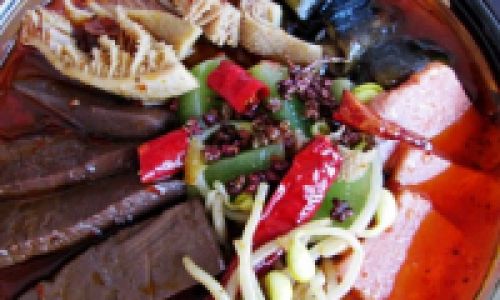
Making homemade Mao Xuewang may seem like a daunting task, but with the right ingredients and careful attention to cooking times, you can recreate this iconic Sichuan dish in your own kitchen. The combination of tender meats, crisp vegetables, and a rich, flavorful broth makes Mao Xuewang a perfect choice for a hearty and satisfying meal. Enjoy the fiery heat, numbing spice, and complex flavors that make this dish so beloved. Whether you’re a seasoned chef or a home cook looking to expand your culinary horizons, Mao Xuewang is a rewarding and delicious challenge worth tackling. Happy cooking!
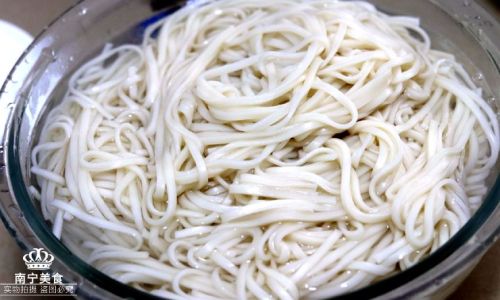
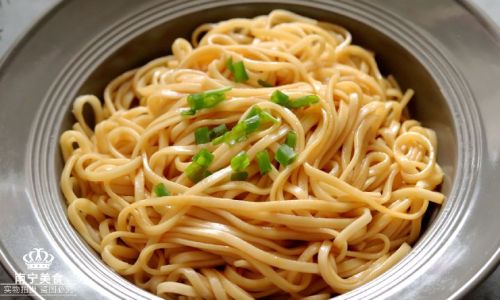
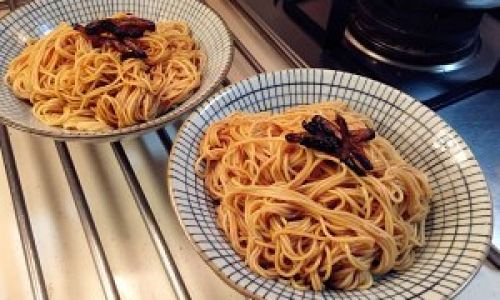
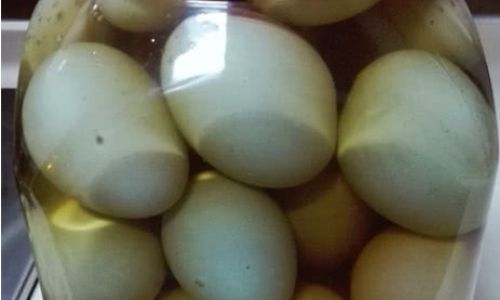
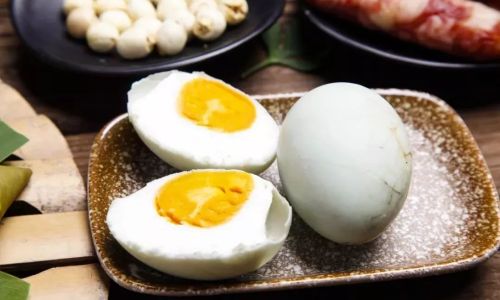
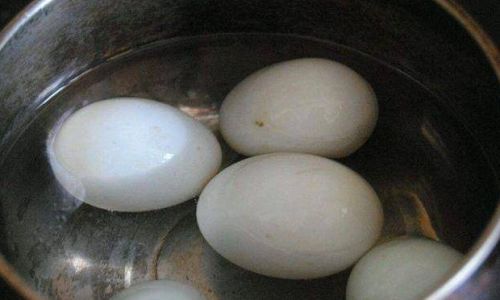
0 comments